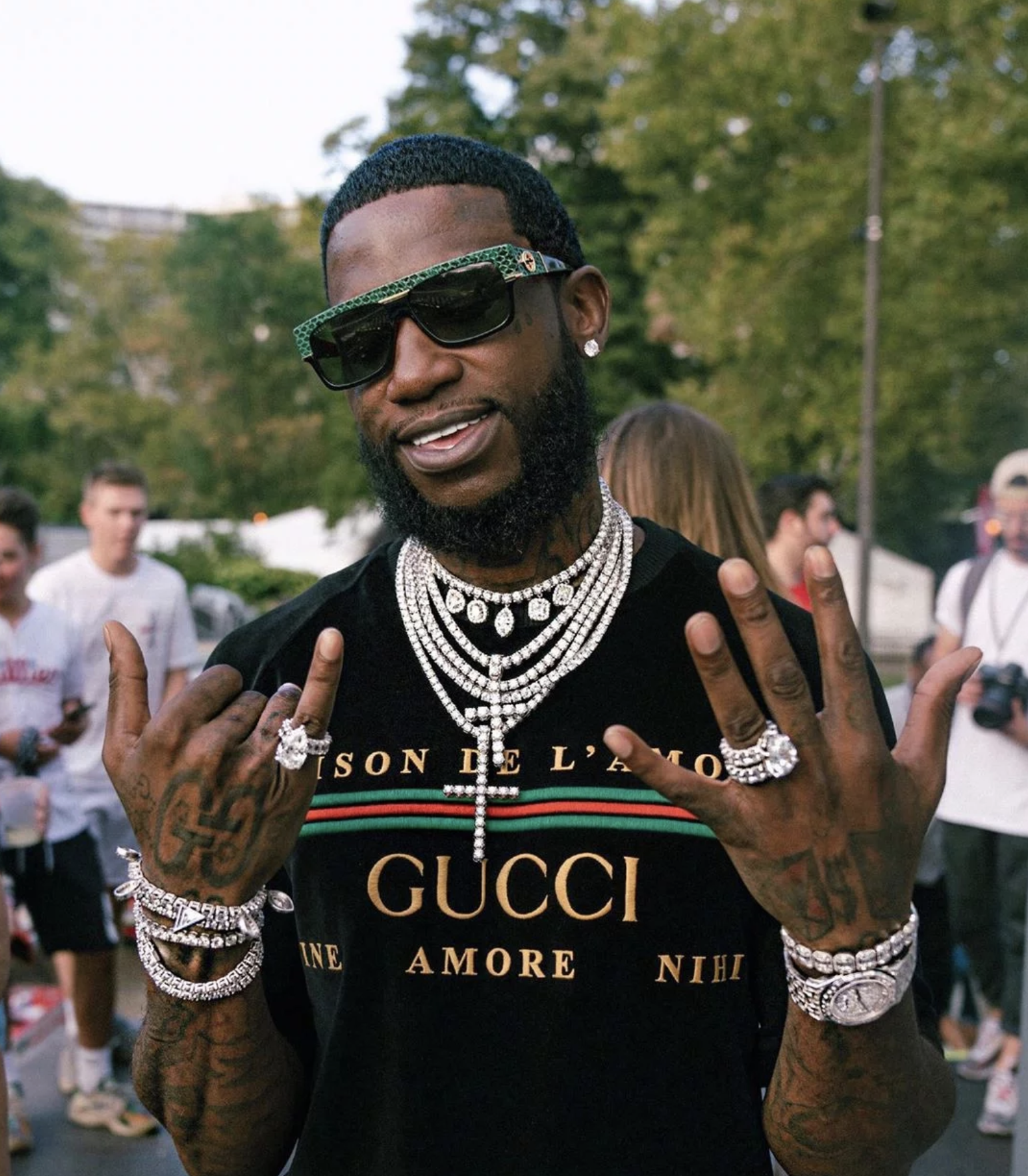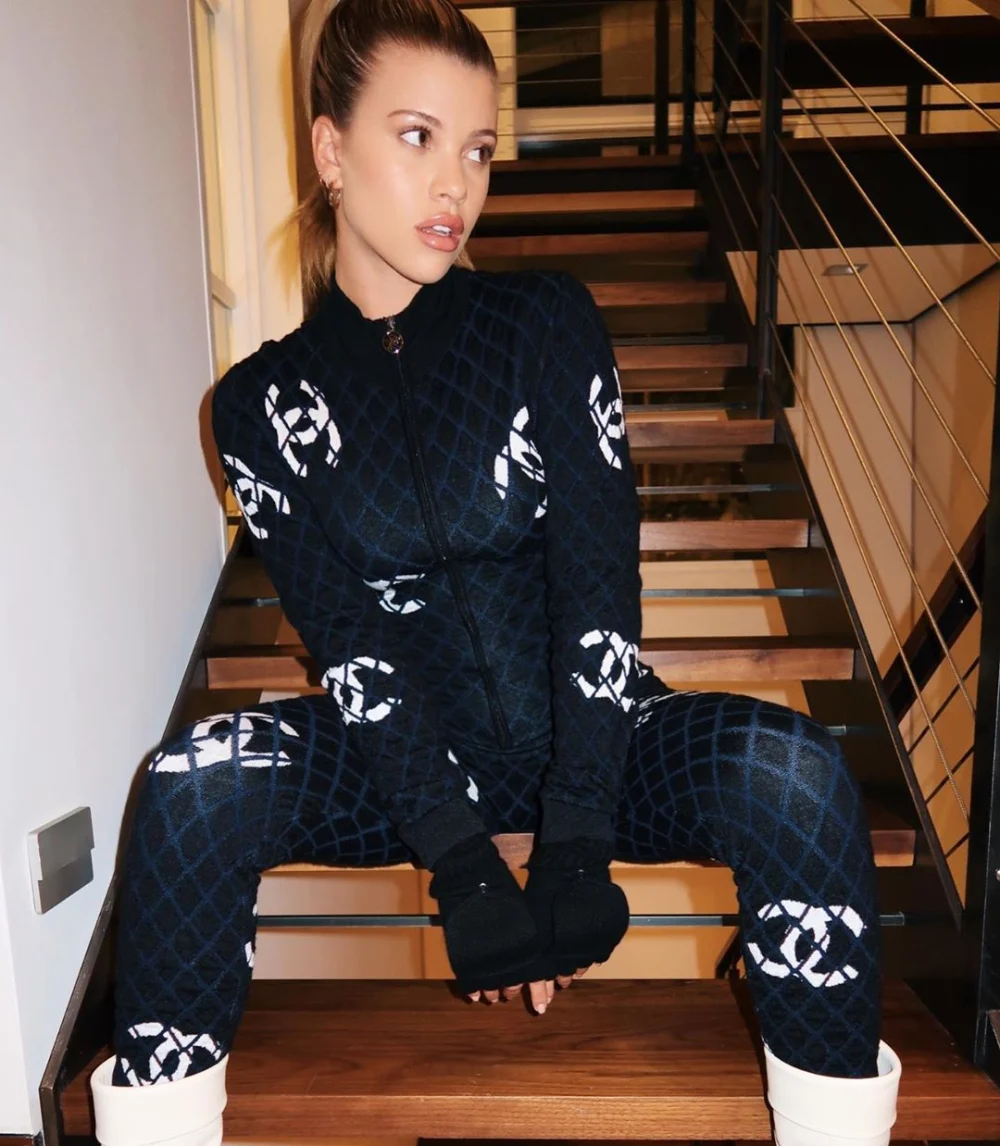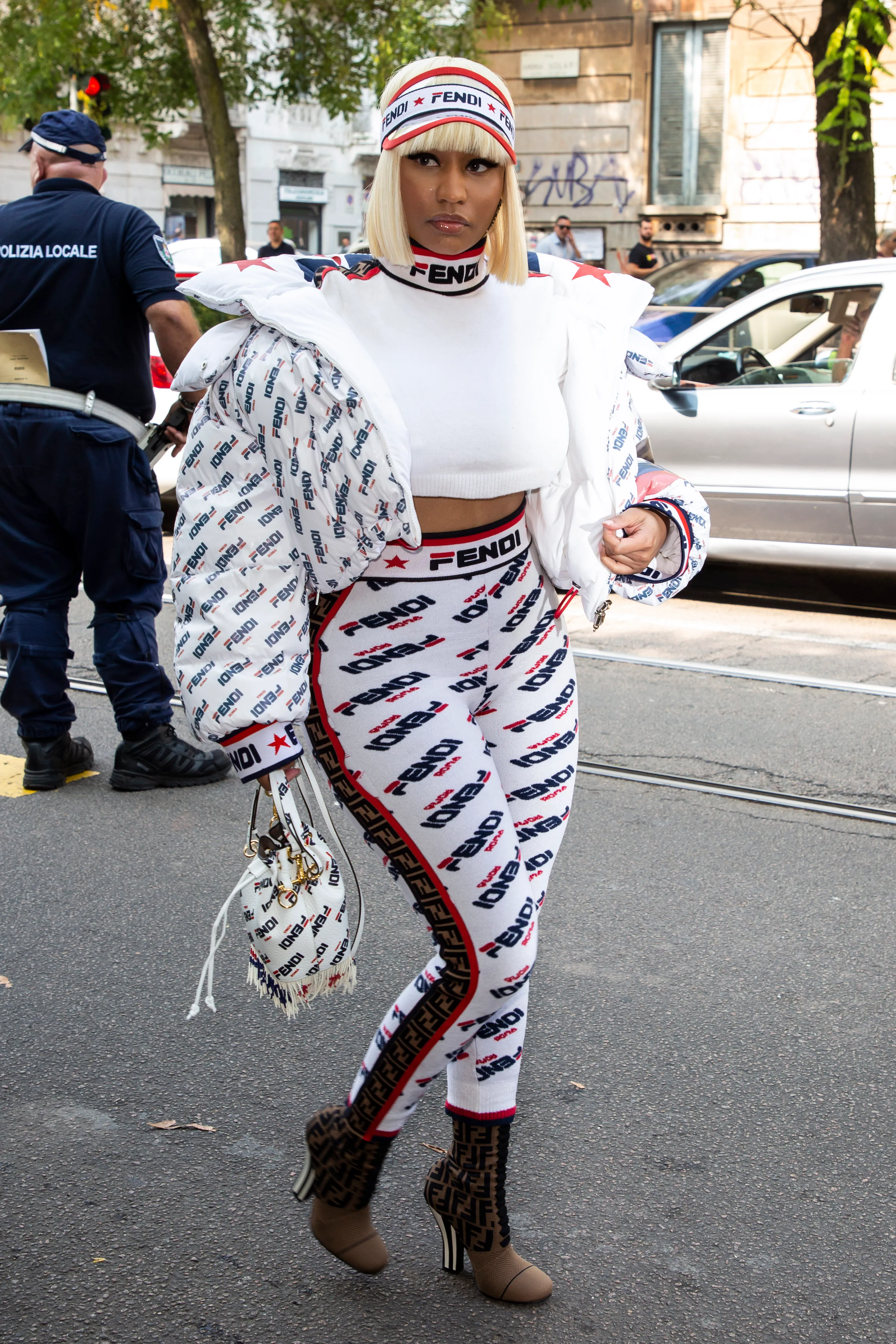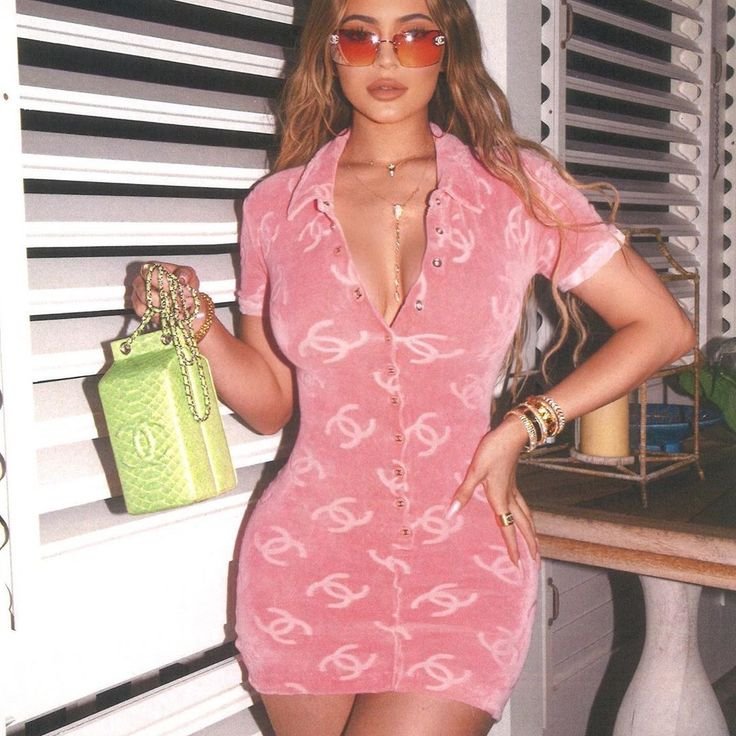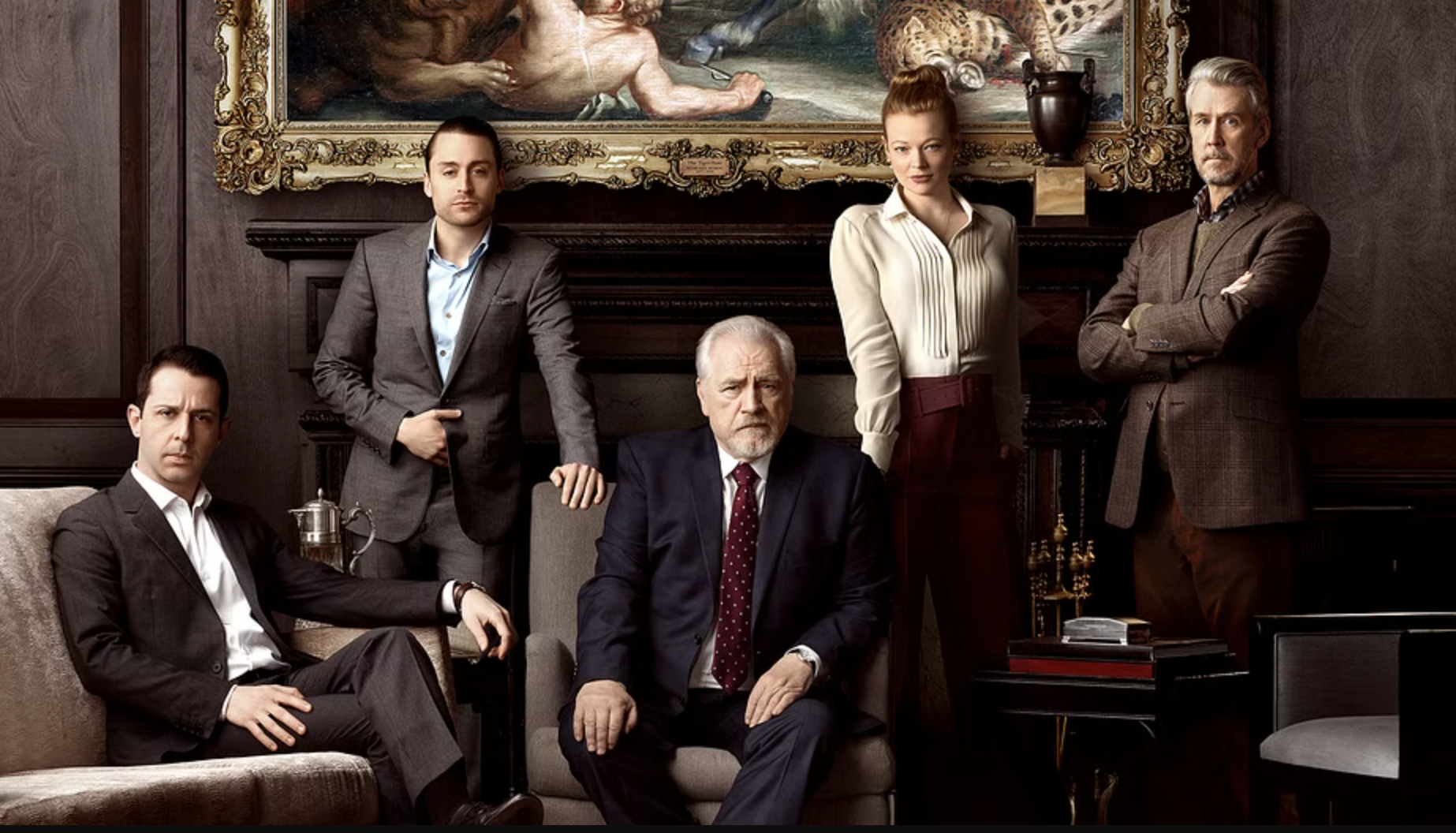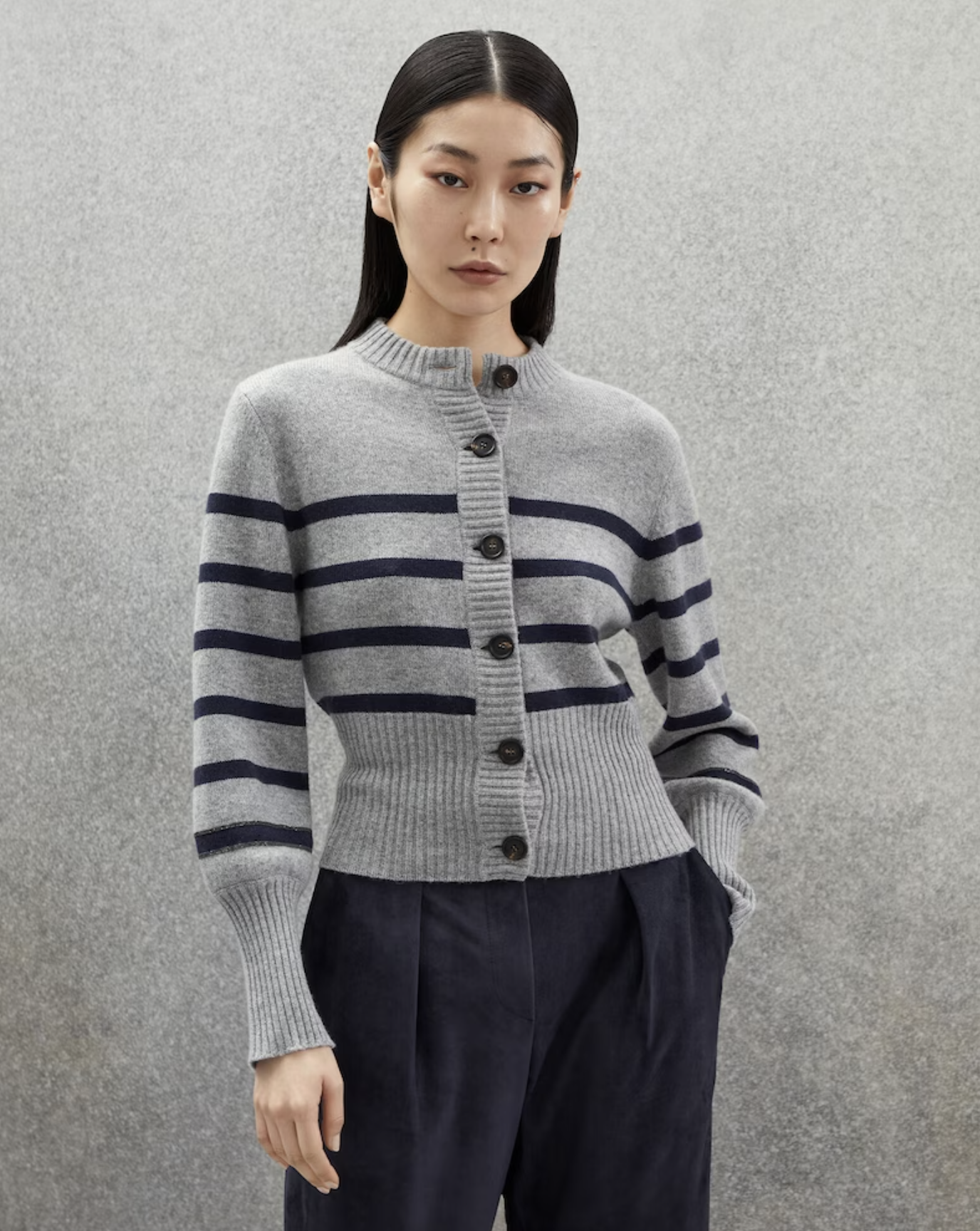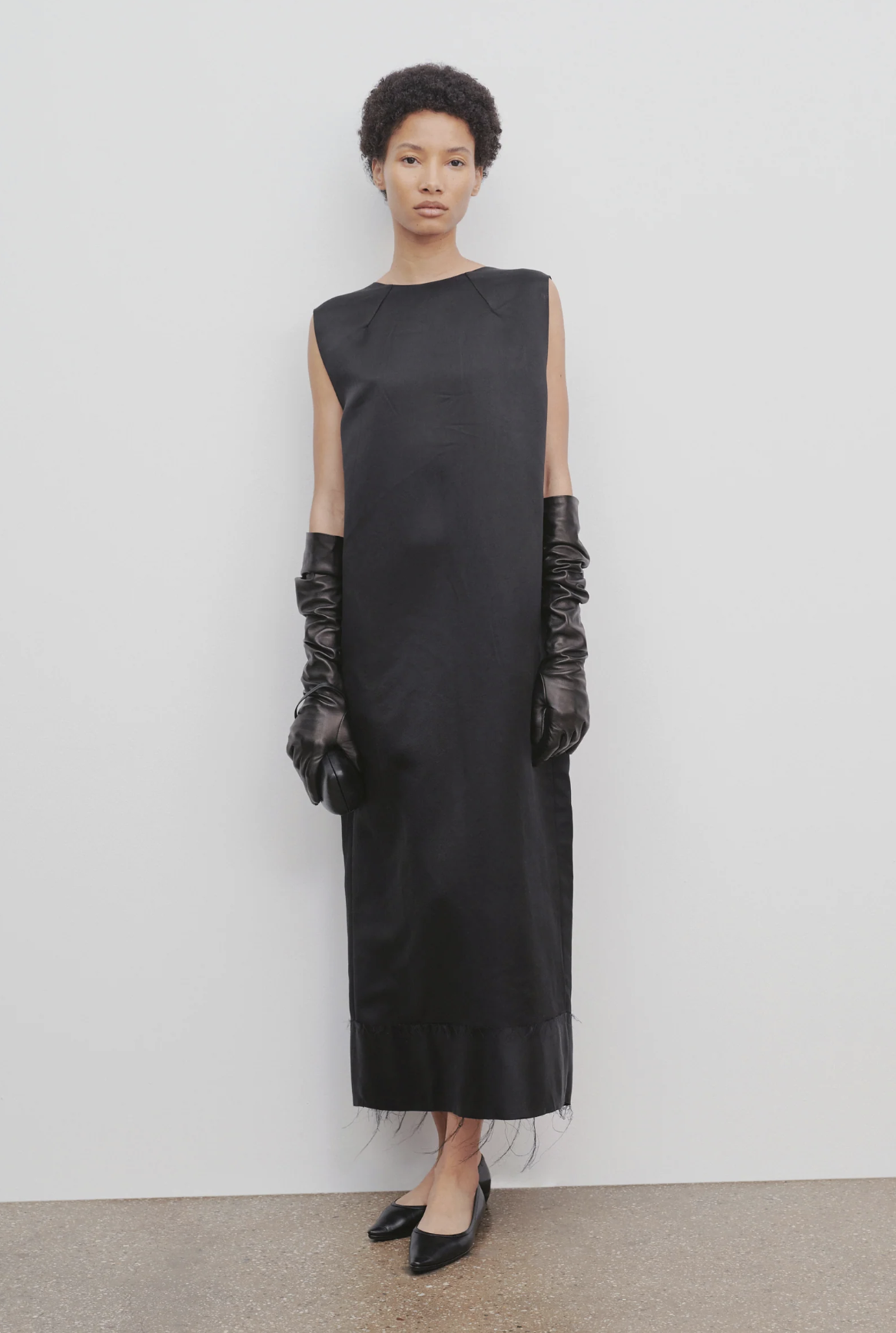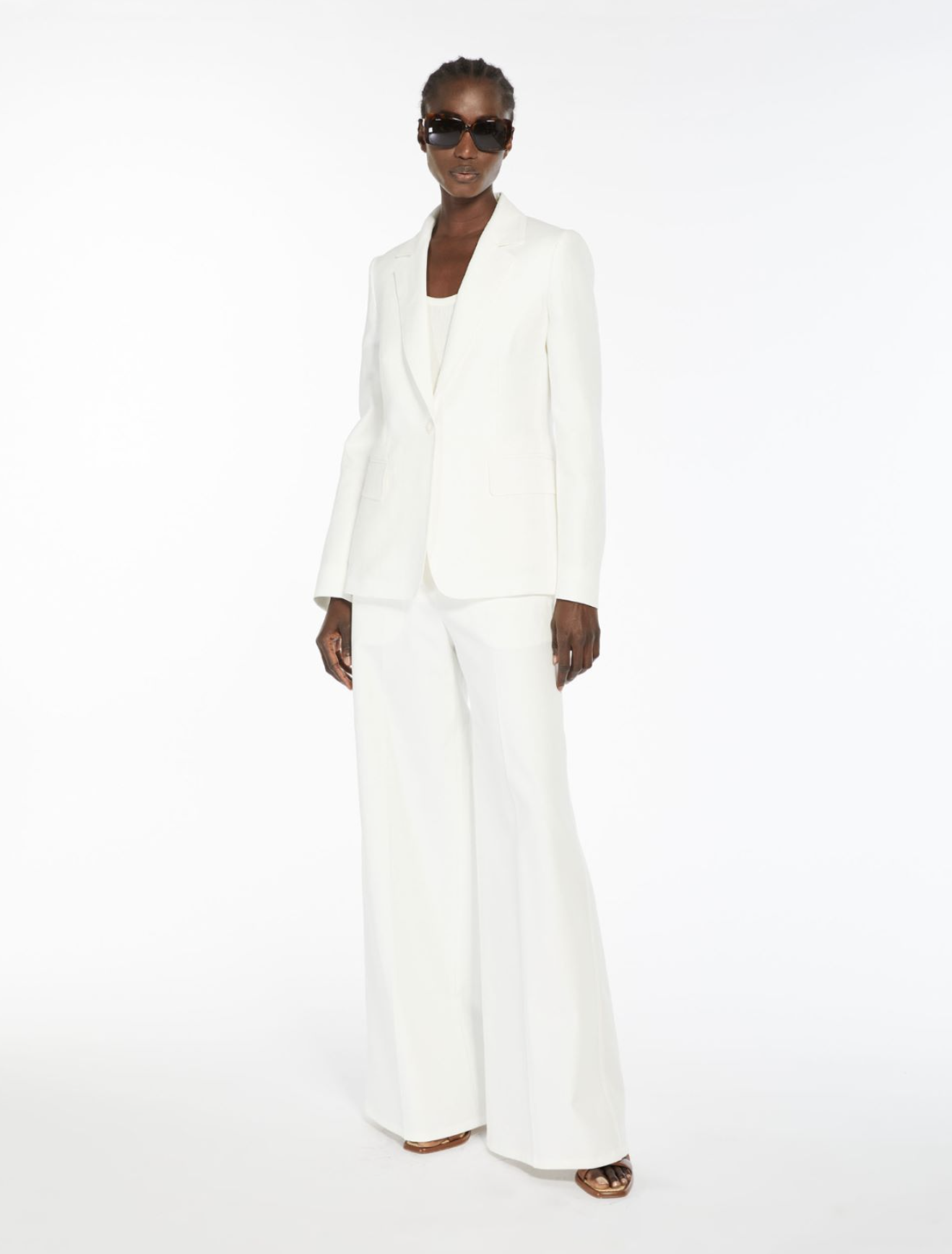The Obsession with The Not so “Quiet” Luxury Trend
Quiet luxury, stealth wealth and old money aesthetics are still trending topics on social media. why is that?
The desire to dress like and obsess over the top 1% is a fashion subculture. But let’s be honest — this is nothing new.
In recent years, the world of luxury has shifted significantly towards more understated and refined expressions of wealth and status, known as the "quiet luxury" or coded luxury trend. A focus on quality, personalization, and sustainability characterizes this trend. The irony is that quiet luxury is about not following trends at all.
“Quiet luxury is both unassuming and unattainable. It rejects the desire to show off big logos and instead appeals to the sentiment of ‘if you know, you know,’” said Jansen Garside of JG Fashion Studio.
Garside is among numerous influencers on social media with a fashion background who are breaking down the elements of the elite and their preferred style. His TikTok video titled "What is Quiet Luxury?" has gone viral, with over 1.9 million views.
The rise of quiet luxury is partly a response to the dominance of loud luxury, characterized by flashy designs, attention-grabbing displays of wealth, and the use of logos. While there is still a market for loud luxury, many consumers view it as gauche, tacky or a walking billboard. Knock-off luxury goods have made it easier for people to mimic the look of luxury without paying for it, contributing to the trend towards more subtle and refined expressions.
Professors Glyn Atwal and Alistair Williams stated in their research article "Luxury brand marketing – The experience is everything!" published in the Journal of Brand Management that luxury clients utilize high-end products to make statements about their own identity and create a sense of belonging, whether they are aware of it or not. There is a market of newly rich celebrities and influential people who prefer loud luxury. These individuals are more interested in big, bold and ostentatious displays of wealth than in understated elegance. They are unafraid to flaunt their wealth and indulge in extravagant lifestyles, including luxury cars, designer clothes, and exclusive vacations. For them, it's not just about owning these things; it's about showing off their wealth to the world. While some people may criticize their choices, these newly wealthy individuals see it as a way of celebrating their success and enjoying the fruits of their hard work.
Unlike loud luxury, which focuses on visual brand advertising, one of the critical characteristics of the quiet luxury trend is its focus on quality. Consumers are interested in well-made, timeless, and enduring products with a story behind them. Consumers seeking quiet luxury items want to feel part of the design process. Many luxury brands now offer bespoke services where customers can have products tailored to their specific needs and desires.
The Succession Fashion Obsession
The HBO show "Succession" offers an interesting commentary on the world of luxury and power and can be seen as a case study in how the quiet luxury trend differs from the ostentatious displays of wealth often depicted in popular media. Although the show's context is not meant to focus on fashion, it does.
Succession Cast
On the show, the characters are members of a wealthy and powerful family that runs a media conglomerate. While they enjoy all the trappings of wealth, the show portrays their lifestyle as understated. For example, their homes are spacious and elegant but not over-the-top in terms of design or decoration. Similarly, their clothing is stylish and well-tailored but not flashy or branded with prominent logos.
This focus on understated luxury reflects quiet luxury. While the characters on "Succession" are wealthy and powerful, their wealth is not necessarily the focus of their lifestyle or identity. Instead, they emphasize quality, craftsmanship, and elegance - hallmarks of stealth wealth.
In many ways, "Succession" is a commentary on the changing nature of luxury in the 21st century. As the trend toward understated elegance and personalization grows, we will likely see more examples of quiet luxury in popular media and less flashy displays of wealth traditionally associated with luxury.
Many viewers could see how the world of stealth wealth is exemplified in Succession through their subtle luxury items, such as Maison Margiela tees and Brunello Cucinelli suits. These items often cost significantly more than those with visible logos. The characters in this universe enjoy talking down to each other, and belittling their luxury purchases is a way to assert their social status.
The shift towards quiet luxury has significantly impacted the luxury industry. As more consumers embrace this trend, luxury brands are adapting their offerings to meet the changing demands of their customers. This has led to many niche luxury brands specializing in more understated and refined products and services. Designers like Courrèges are leaning toward more subtle ready-to-wear pieces for the Fall 2023 season.
How Can Someone Outside an Elite Group Spot this Look with the Naked Eye?
High quality and subtle. It is all about understated elegance and can be found in a wide variety of products and services, such as a handmade leather bag with clean lines and high-quality materials, a classic, well-tailored suit made from the finest fabrics, a custom-made piece of jewelry that incorporates personal meaning and symbolism, or a minimalist home design featuring high-quality materials and simple, elegant lines. You have to see up close and feel it to understand the difference.
Several notable quiet luxury brands include:
Bottega Veneta - This Italian luxury brand is known for its signature intrecciato woven leather designs and understated, timeless aesthetic.
The Row - The brainchild of fashion icons Mary-Kate and Ashley Olsen, The Row is known for its minimalist, luxurious clothing and accessories that feature high-quality materials and impeccable craftsmanship.
Hermès - This iconic French brand is synonymous with luxury, but its focus on quality, understated design, and craftsmanship make it a prime example of the quiet luxury trend.
Max Mara - This Italian fashion house is known for its sophisticated, timeless designs that feature luxurious fabrics and impeccable tailoring. Their focus on understated elegance and quality craftsmanship makes them a prime example of the quiet luxury trend.
Loro Piana - This Italian luxury brand is renowned for its high-quality cashmere and wool fabrics, as well as its classic, understated designs. Their commitment to sustainable sourcing and production practices also aligns with the values of the quiet luxury trend.
Celine - This French fashion house is known for its minimalist, sophisticated designs that feature high-quality materials and clean lines. Their focus on understated elegance and timeless style makes them a natural fit for the quiet luxury trend.
Brunello Cucinelli - This Italian luxury brand is known for its cashmere knitwear, as well as its classic, elegant designs that prioritize comfort and style. Their focus on sustainability and ethical production practices also aligns with the values of the quiet luxury trend.
While the trend towards quiet luxury is generally seen as a positive development in the luxury world, there are still some debates around the use of logos. Some consumers view logos as being associated with a lower-class status and view them as gauche. Others, however, still enjoy the attention-grabbing nature of logos and the status they convey.
Could “Old Money Aesthetics” Be A triggering term for some?
The debate between old and new money aesthetics is not just about fashion but socioeconomic status and cultural values. The idea of old money implies inherited wealth and a certain cultural refinement, whereas new money is often associated with flashy displays of wealth and materialism.
While some may argue that the two styles are simply a matter of personal preference, it's essential to recognize that these aesthetics are often tied to social and economic privilege. Old money is associated with a certain level of education and access to cultural capital. In contrast, new money is often seen as a way to "buy into" luxury and status without the same cultural and educational background.
This can be a sensitive topic for oppressed groups. The old money aesthetic is often tied to a history of exclusion and discrimination based on race, gender, and social class. The idea of inherited wealth is often associated with a legacy of privilege and power, which can be difficult for those historically excluded from these circles.
“The obsession with old money uplifts an oppressive world. The old money bubble excludes people of color, members of lower socioeconomic class, and even new money,” said Sophia Peyser of @dolescent. “And if we want to make any progress in our lifetimes—to create a world where wealth is evenly distributed, where everybody has an equal opportunity to be successful, where nobody is excluded because of their race or socioeconomic status—we need to stop glamorizing old money.”
It's essential to recognize that the old money aesthetic does not exist in a vacuum and is not just about fashion. It's tied to larger power, privilege, and social inequality issues. While there is certainly room for personal preference in fashion, we must also recognize the more significant cultural and socio-economic factors at play. We should strive to create a more inclusive and equitable society where cultural refinement and access to education and resources are not just the domain of the privileged few.
Ultimately, the choice between displaying your luxury loudly or in a whisper is a matter of personal preference. What is clear, however, is that the rise of interest in the subject has opened up a more extensive discussion worldwide and piqued interest amongst a younger audience. According to the Robb Report, as of April 2023, searches for ‘Quiet Luxury’ online have skyrocketed by 373%. Whether out of pure curiosity, distaste, or the urge to look like the understated elite class, expect this trend to stick around for a while.


